China has recently introduced a series of important economic stimulus measures to revive the economy. Deutsche Bank said that this could be the "largest economic stimulus in history" in a nominal sense for the world's second largest economy.
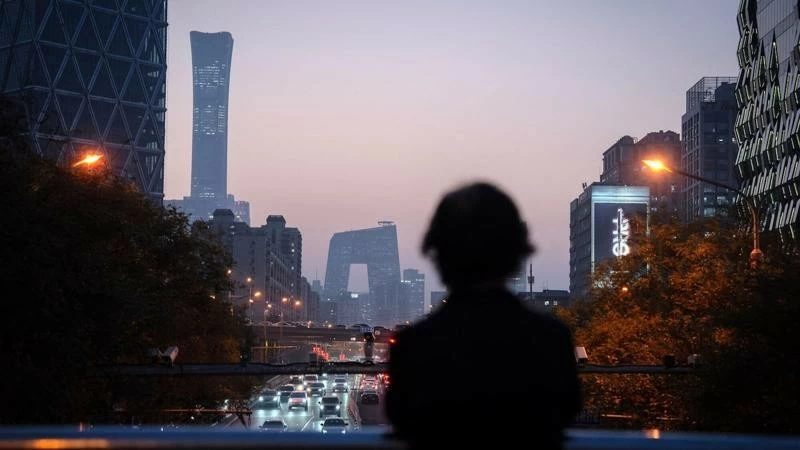 |
| The Chinese government has rolled out a series of major economic stimulus measures to revive the economy. (Source: Bloomberg) |
In recent years, China has been struggling with economic problems such as consumer prices approaching deflation, housing oversupply and soaring youth unemployment. The mounting pressure has forced the Chinese government to step in.
The government has rolled out a plan to issue special government bonds worth about 2 trillion yuan this year.
In addition to issuing bonds, China has also implemented a series of credit support measures. One of the important decisions is to reduce short- and medium-term interest rates, which will help reduce borrowing costs for businesses and individuals.
In addition, the 25% deposit reduction for second home buyers is also a significant effort to stimulate demand in the real estate sector, one of the important pillars of the Chinese economy.
The move is historic, as it is the first time since the global financial crisis in 2008 that Beijing has decided to inject capital into major banks. This action is not only to ensure that banks have enough financial capacity to provide credit but also to help boost confidence in financial markets.
In addition, 800 billion yuan is also expected to flow into China's capital market.
A roller coaster ride of the market
Initially, the market reaction to China's stimulus measures was overwhelmingly positive.
In the last week of September, stock markets in Shanghai, Shenzhen and Hong Kong (China) saw their biggest weekly gains in 16 years.
By October 8, after China's National Day holiday, turnover on the Shanghai and Shenzhen stock exchanges reached an unprecedented 3.43 trillion yuan.
However, on the same day, China's National Development and Reform Commission (NDRC) held a press conference where officials are expected to unveil specific policies to complement the stimulus measures announced last month.
However, the expected policies were not released. Instead, NDRC officials mainly summarized September announcements and commented on the overall economic situation.
By October 9, the Shenzhen composite index had fallen 8.2%, the biggest drop since May 1997.
Richard Hunter, head of markets at trading platform Interactive Investor, described the stock market decline as a reflection of "investor frustration".
At present, the market remains uncertain about the future direction of China's economic policies.
In July, the Chinese government asserted in the Third Plenary Session communique that the country “must remain committed” to achieving this year’s economic growth target of 5%. This is a modest target given the country’s economic performance in recent years.
Over the past decades, China has frequently used large-scale stimulus measures to revive its economy during recessions.
For example, in response to the 2008 global financial crisis, China's State Council announced a 4 trillion yuan stimulus package. This helped Beijing weather the crisis and was seen as a key stabilizer of the global economy.
But that stimulus also accumulated trillions of yuan in debt through local government financing and accelerated the rise of unregulated financial activities.
The world's second-largest economy also spent heavily to stimulate its economy in 2015, following stock market volatility. This was followed by economic stimulus packages after the pandemic.
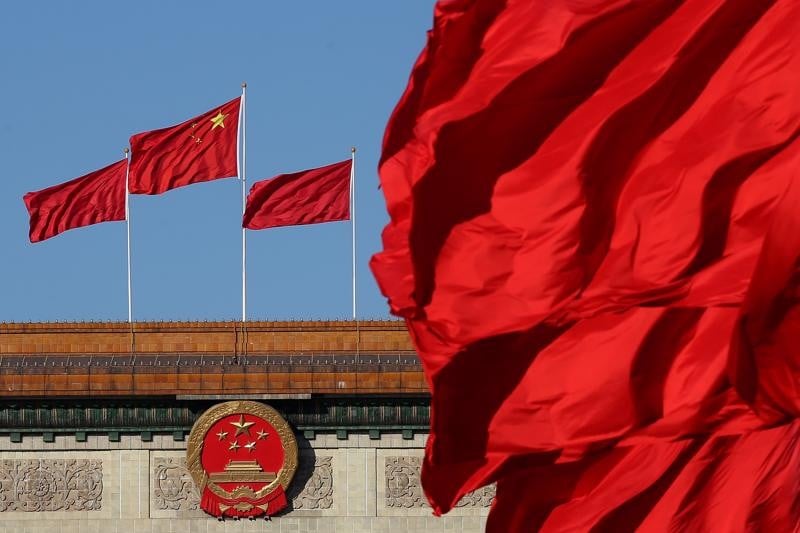 |
| At present, the market remains uncertain about the future direction of China's economic policies. (Source: Bloomberg) |
Will there be 6 trillion yuan released into the market?
Recent Chinese economic data has weakened faster than expected, adding urgency to policymakers' push for more support.
There are currently no details on the size and scope of the next support measure and the market is waiting for this.
Analysts and investors expect President Xi Jinping's country to deploy about 2 trillion yuan in new fiscal stimulus measures.
Meanwhile, according to Caixin Global, multiple sources said that China may issue up to 6 trillion yuan of special ultra-long-term treasury bonds in the next three years. This amount is expected to help support the economy and deal with off-the-books debt of local governments.
The above 6 trillion yuan amount is within market expectations.
Liu Shijin, a former member of China's top political advisory body, has called for an economic stimulus package worth more than 10 trillion yuan, equivalent to about one-tenth of the country's annual gross domestic product (GDP).
He said the size of this stimulus package is appropriate for a large economy like China.
However, these measures could lead to higher interest rates, which would put heavy pressure on the property market - one of the sectors the government is trying to rescue.
Experts see China as at a "crossroads" with many complex economic choices.
Beijing needs to find a way to not only stimulate growth but also address long-term challenges such as deflation and the property crisis. Markets still expect a strong move from China, but any decision will have significant consequences for both the domestic and global economies.
Source: https://baoquocte.vn/trung-quoc-dang-o-nga-ba-duong-voi-cac-goi-kich-stimulate-kinh-te-thi-truong-len-tau-luon-sieu-toc-290359.html



![[Photo] Binh Trieu 1 Bridge has been completed, raised by 1.1m, and will open to traffic at the end of November.](https://vphoto.vietnam.vn/thumb/1200x675/vietnam/resource/IMAGE/2025/10/2/a6549e2a3b5848a1ba76a1ded6141fae)




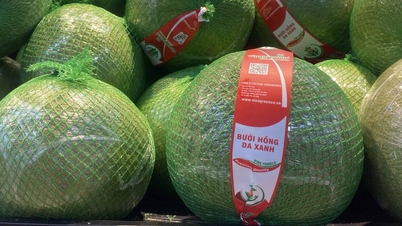









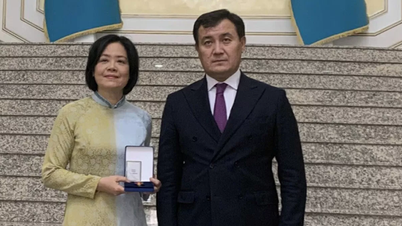

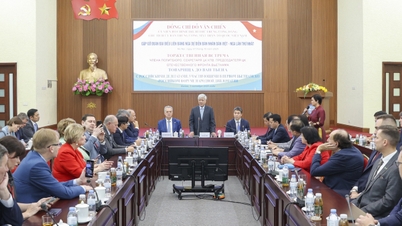


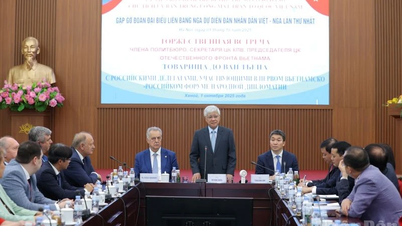







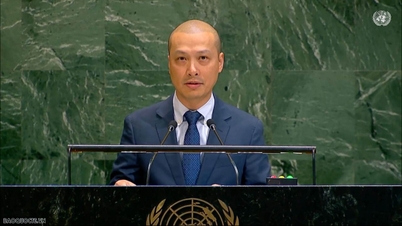

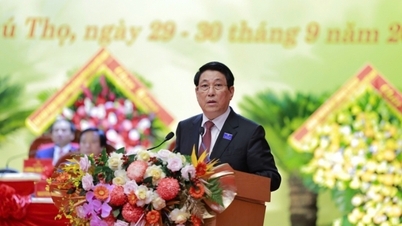














































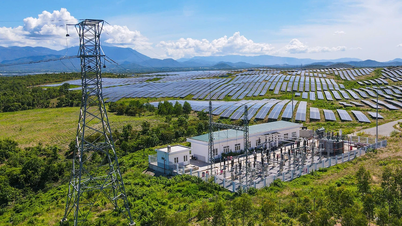























Comment (0)